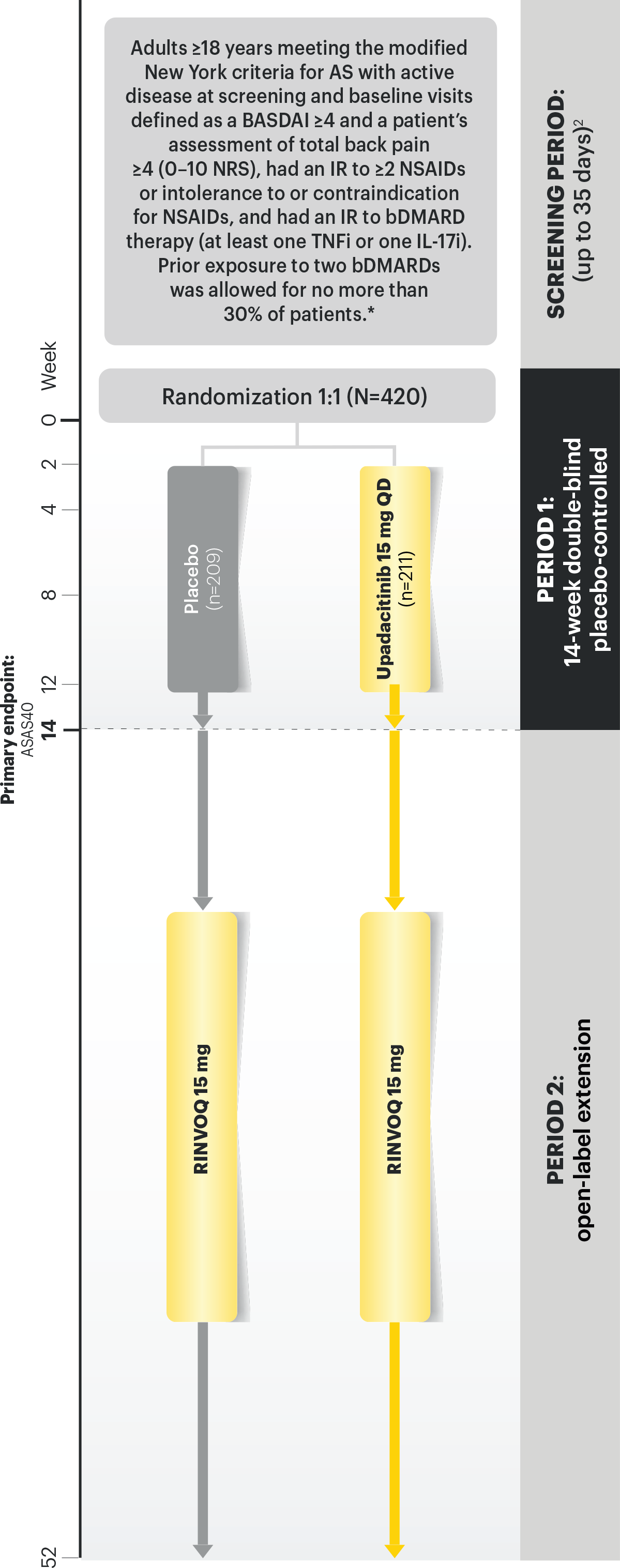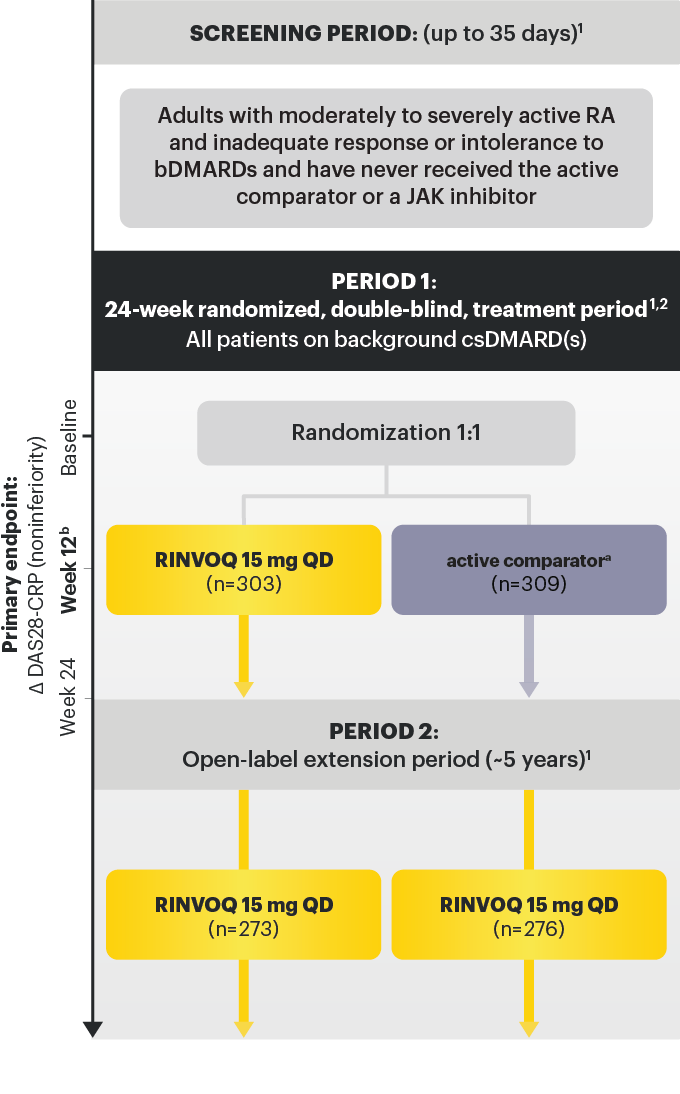Table Of Content

Inferences about individuals based on aggregate data are weakened by the ecological fallacy. Also consider the potential for committing the “atomistic fallacy” where assumptions about aggregated counts are made based on the aggregation of individual level data (such as averaging census tracts to calculate a county average). For example, past alcohol consumption may be incorrectly reported by an individual wishing to reduce their personal feelings of guilt. Such bias may be less in routinely collected statistics, or effectively eliminated if the observations are made by third parties, for example taxation records of alcohol by area. Descriptive studies can be of several types, namely, case reports, case series, cross-sectional studies, and ecological studies.

Experimental Studies
Thus hindering doctoral candidates from investing in relevant competencies needed for nonacademic jobs (De Grande et al., 2011). The researchers opined that the top three skills required by employers include technical skills, teamwork and analytical thinking; on the contrary, doctoral candidates rated research skills, scientific knowledge and analytical thinking as the most valuable skills for industry jobs. Although academic career is the primary destination of doctorate holders (Germain-Alamartine, 2019), private enterprises are increasingly becoming a career option for PhD graduates because of the expansion of private sector research and development capacity (Germain-Alamartine and Moghadam-Saman, 2020). Research evidence shows that type of discipline determines the extent to which transversal skill training can be integrated into academic programs. Disciplines of Science, Technology, Engineering, Mathematics and Medicine (STEMM) tend to have more enablers for transferable skill training in doctoral education. Doctoral students in STEMM seem to receive extensive technical training through engagement in lab projects, whereas the transversal skills of their non-STEM peers tend to be underdeveloped.
Cross-sectional studies
Recent census data is not provided on individuals, for example in the UK individual census data is released only after a century. For example, data only on present alcohol consumption and cirrhosis would not allow the role of past alcohol consumption, or of other causes, to be explored. It is often suggested that the German dual VET system should be transferred to other countries. Among its benefits, many experts claim that this would stimulate economic growth in the importing countries and contribute to the reduction of youth unemployment rate (Alemán 2015; Euler 2013; Graf et al. 2014). Despite the considerable effort from some governments, the results show that importing a system, involves more than mere duplication. This blog summarizes the concepts of cluster randomization, and the logistical and statistical considerations while designing a cluster randomized controlled trial.
Expertise-based Randomized Controlled Trials
The measurement bias in this study would relate to the accuracy of measurement and the cutoff used. If the investigators had used a cutoff of −0.25 D (instead of −0.50 D) to define myopia, the prevalence would have been higher. Furthermore, if the measurements were not done accurately, some cases with myopia could have been missed, or vice versa, affecting the study results.
Assessment and achievement of transversal competences in VET students
For employers, the internships offer the opportunity to check if the future employees' competences are adapted to those required in the job (Mareque and De Prada 2018; Mareque et al. 2018). Nevertheless, we would like to highlight the importance of taking into account factors such as the duration of the internships. Globalization, which implies the interchange of worldviews, cultures, and ideas, has had a dramatic impact on education and on labour market. The education and training of the labour force are facing new challenges and the education institutions are increasingly demanded to provide the new workforce with the adequate knowledge and skills. The scarcity of skilled workers has often been attributed to the gap between educational systems and companies’ needs or to the fact that learning and training profiles are not suitable for current industry settings (Tijdens et al. 2012 cited in Hasanefendic, Heitor, and Horta 2016). Consequently, we will be able to put forward or adapt our courses to encourage these skills.

In this model it is also possible to analyze from the outcome, calculating the ratio (quotient) between the proportions of individuals who have exposure to the risk factor in the group with the outcome, the disease, for example, and the group that does not have the outcome. The calculated result is called Odds Ratio (OR), an estimator that is used as an approximation to Relative Risk (RR). When the proportions of the two groups are equal, the result of the OR will be "1", indicating that there is no association between the disease and the exposure to the factor that was supposed to be at risk.
What Is a Longitudinal Study? - Verywell Mind
What Is a Longitudinal Study?.
Posted: Sat, 02 Dec 2023 08:00:00 GMT [source]
It studies design as ethics, its role in sustainability (social and environmental), and the nature of agency in design's construction the artificial. According to Baumeler (2019), studies that investigated the transfer of the dual VET model to other countries came to the conclusion that only certain elements might be successfully implemented and the model needed to be adapted to each country. (Euler 2013; Fortwengel and Jackson 2016; Graf et al. 2014; Powell and Fortwengel 2014). Descriptive studies are useful for estimating the burden of disease (e.g., prevalence or incidence) in a population.
Categorisation of data
Design ethnography has become a common tool where design is observed as a social practice. It describes a process in which a researcher will partake in traditional observant style ethnography, and observe potential users complete activities that can inform design opportunities and solutions.[29] Other ethnographic techniques used by design studies scholars would fall more in line with anthropologists usage of the method. The participant style requires the scholar to partake in the activities with their subject. This tactic enables the scholar to record what they see, but also what they themselves experience.
The relevance of transversal competences in vocational education and training: a bibliometric analysis
The authors did, subsequently in the paper, look at the relationship of myopia (an outcome) with children's age, gender, socioeconomic status, type of school, mother's education, etc. (each of which qualifies as an exposure). Those parts of the paper look at the relationship between different variables and thus qualify as having “analytical” cross-sectional design. Let us look at a study that was aimed to assess the prevalence of myopia among Indian children.[7] In this study, trained health workers visited schools in Delhi and tested visual acuity in all children studying in classes 1–9. Of the 9884 children screened, 1297 (13.1%) had myopia (defined as spherical refractive error of −0.50 diopters (D) or worse in either or both eyes), and the mean myopic error was −1.86 ± 1.4 D. Furthermore, overall, 322 (3.3%), 247 (2.5%) and 3 children had mild, moderate, and severe visual impairment, respectively. These parts of the study looked at the prevalence and degree of myopia or of visual impairment, and did not assess the relationship of one variable with another or test a causative hypothesis – these qualify as a descriptive cross-sectional study.
Vocational Education and Training (VET) is a key element of lifelong learning systems that aims to equip people with the technical knowledge, expertise, skills and competences required on the labour market and, at the same time, with the personal skills for their future lives in society. Despite its importance, in many countries participation in VET has traditionally been stigmatized in favor of university studies, although the recent socio-economic transformations are changing attitudes toward VET (Aldossari 2020). A cohort is defined as a “group of people with a shared characteristic.” In cohort studies, different groups of people with varying levels of exposure are followed over time to evaluate the occurrence of an outcome. The subjects are then followed up over time (longitudinally) to determine the occurrence of the outcome.
One key difference is that cross-sectional studies measure a specific moment in time, whereas cohort studies follow individuals over extended periods. For example, Anderson et al. conducted a case–control study to look at risk factors for childhood fractures.[3] They recruited cases from a hospital fracture clinic and individually matched controls (children without fractures) from a primary care research network. They found that the history of previous use of vitamin D supplements was significantly higher in the children without fractures, suggesting an inverse association between vitamin D supplementation and incidence of fractures. Conversely, the study also allows comparisons between patients and non-patients, who were exposed to an alleged risk factor5. The main characteristic of cross-sectional studies is that the observation of variables, whether they are cases, individuals, or other types of data, is performed in a single moment (the same), when the researcher records a "photograph" of the facts (variables) of interest and not the "movie" of its evolution1,2.
This study provides relevant ideas for faculty, industry and doctoral students on enhancing the employability of doctoral graduates through the development of transversal skills. Finally, in relation to the implementation of transversal competences in VET models, we would like to highlight that nowadays, countries with well-developed VET systems present lower youth unemployment and policymakers are exploring the possibility to transfer this successful model to their countries. There is a general perception that the key for success lies in the curricula of VET programs and the combination of theoretical knowledge with internships. Nevertheless, we agree with Renold et al. (2018) in stating that the difference is on the level of relationship among all the actors in education and employment systems, emphasizing the need for collaboration among the different stakeholders to adapt these models to the real situation in each country.

No comments:
Post a Comment